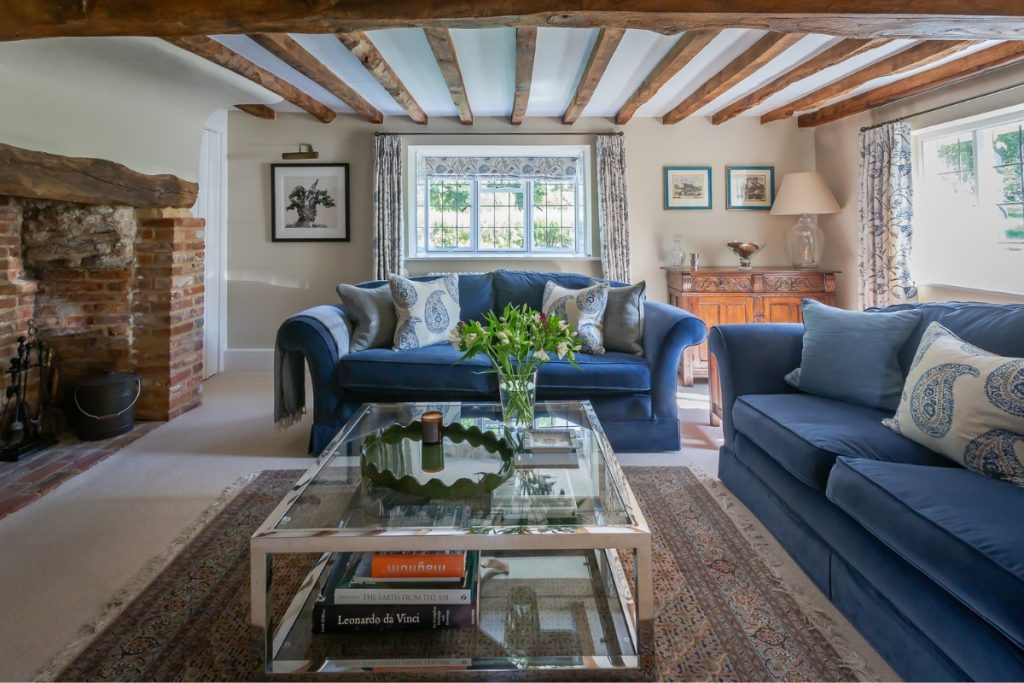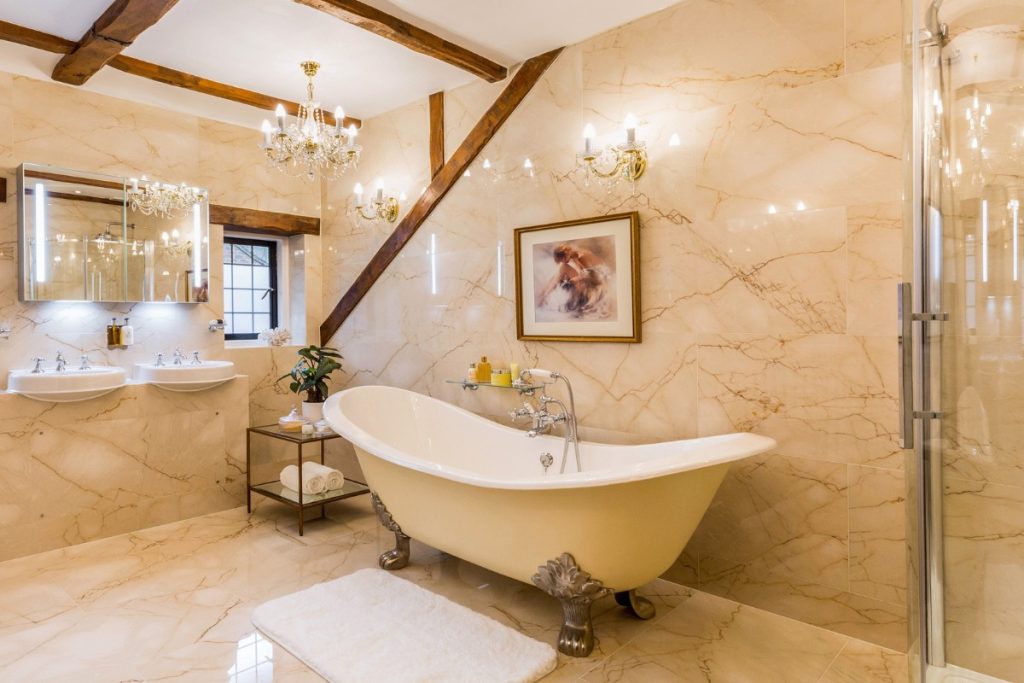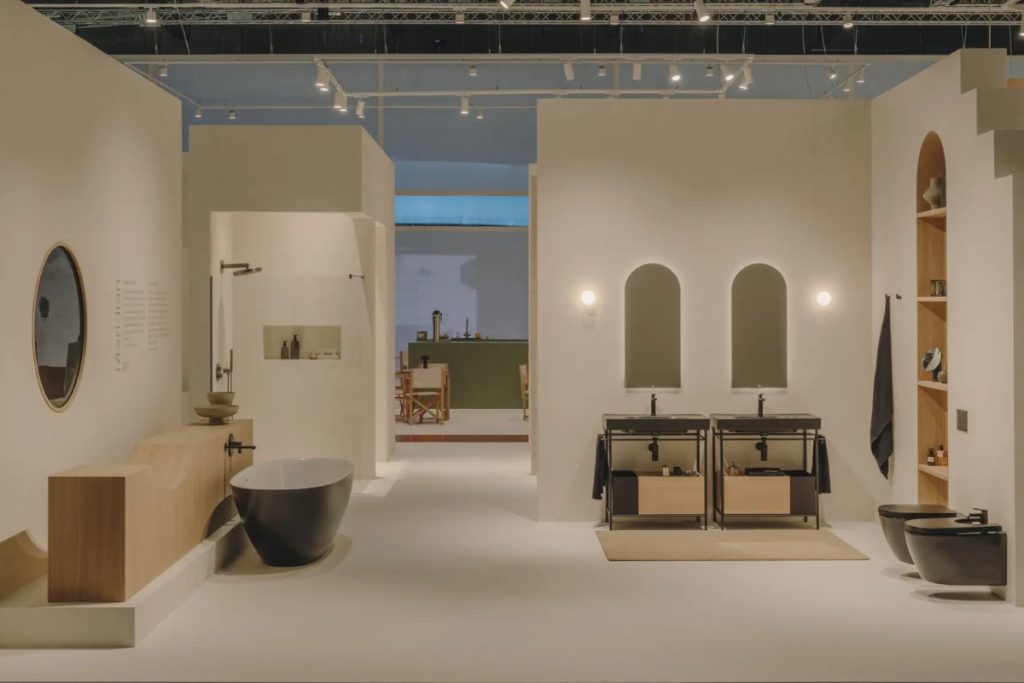 30th January 2023 | IN DESIGN ADVICE | BY SBID
30th January 2023 | IN DESIGN ADVICE | BY SBIDYou’re working on a project, and you start to have client problems – whether that’s managing client expectations, late payments, or simply helping your client make a decision (or stop changing their mind)! Here is your ultimate guide by architectural interior designer and mentor Jo Chrobak to help you deal with your interior design client issues, so you can reach the best outcome and remain professional!
We’ve all been there. A client who is slow to pay, a tradesperson who cuts corners, an architect or builder who goes behind your back or a manufacturer that lets you down. It’s not just dealing with interior design client issues. Still, problems can arise with any of the various people we deal with daily in our business, resulting in a problem with your interior design client.

As business owners, we are the ones who have to make the difficult phone call or write the emails that we don’t want to write because there is no boss to palm that uncomfortable job off to. And… it’s tough! We’re human, so we tend to get emotional, respond too quickly and approach dealing with interior design client issues incorrectly.
I have worked for bosses who didn’t approach problems well and have been inspired by the ones who did and compiled an ultimate guide for dealing with interior design client issues. I’ve given you everything you will need, including a step-by-step process to getting clarity on dealing with the issues and a business email template for how to write a professional email to a client.
Typical Interior Design Client Problems
I want to start with typical interior design client problems, as I want you to know that we all deal with these issues from time to time. No one is perfect, and these things happen. You must ensure that you’re dealing with interior design client issues professionally and getting the correct result for you and your client (or any other professional involved). Think ethical and professional, acting with integrity and leadership.
This is not a definitive list, but here are some typical interior design client problems that we all experience from time to time:
Typical Interior Design Client Problems That We All Experience From Time To Time:
- Getting clients to pay on time
- Agreeing to the scope of work for an accurate price
- Agreeing on a realistic project timeline
- Managing client expectations
- Staying within the project budget
- Permission to photograph the finished project
- Sharing photos of a project to social media
- Managing your time/using your time efficiently
- Clients changing their minds or making revisions
- Clients introducing new ideas late in the project (changing the scope of work)
- Clients (or others) going behind your back
- Copyright infringement (this can happen with drawings, photos or stealing ideas)
- The client no longer suits the direction you’re headed in your business
- The client isn’t right for you
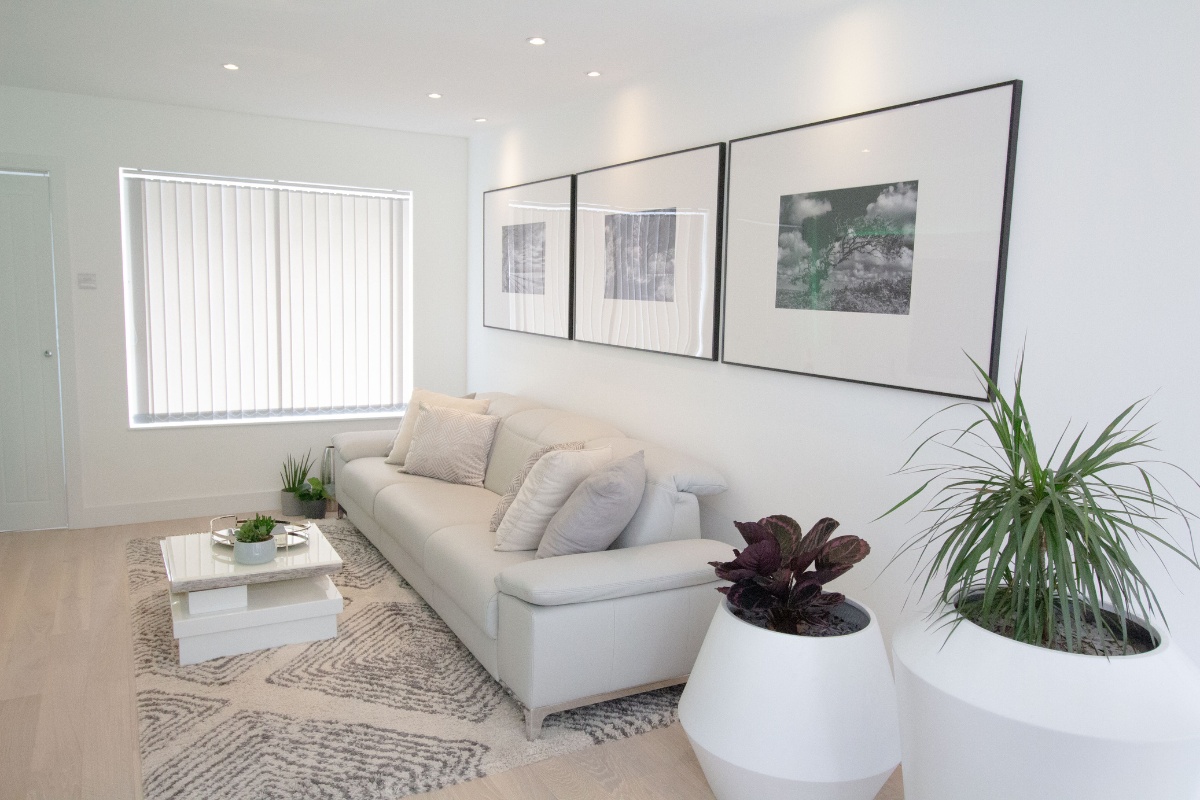
STEP 1 | Catch The Problem Early
The way to manage client expectations and ensure that problems don’t arise on a project is to ensure you have open and good communication from the outset. Also, vetting your potential clients before taking them on is how most of us professional designers avoid working with clients that aren’t a great fit in the first place.
But of course, no one is perfect, and typically the first time it happens, we have done what we can to “fix” the situation, but it hasn’t worked, so now we have a bigger problem. Dealing with interior design client issues keeps you up at night; you’re upset or angry and ready to resolve the problem.
Sometimes, you can see the warning signs early, but like me, at the start of my career, I was more likely to avoid the conversation than tackle it head-on. The best is to catch the problem as early as possible, as it makes dealing with interior design client issues much less painful. It also helps you control the situation and keeps you and your client working well together.
STEP 2 | Assess The Situation
The best way to deal with interior design client problems is to do a brain dump. Write out everything emotional and get it off your chest. This helps you to clear your mind, and it clarifies the emotions you’re feeling (which is healthy), but also to stop the thoughts going round and round in your head and get them on the page.
The brain dump is likely to be emotional, full of expletives and quite unprofessional. That’s ok. Don’t go sending that to your client, though!
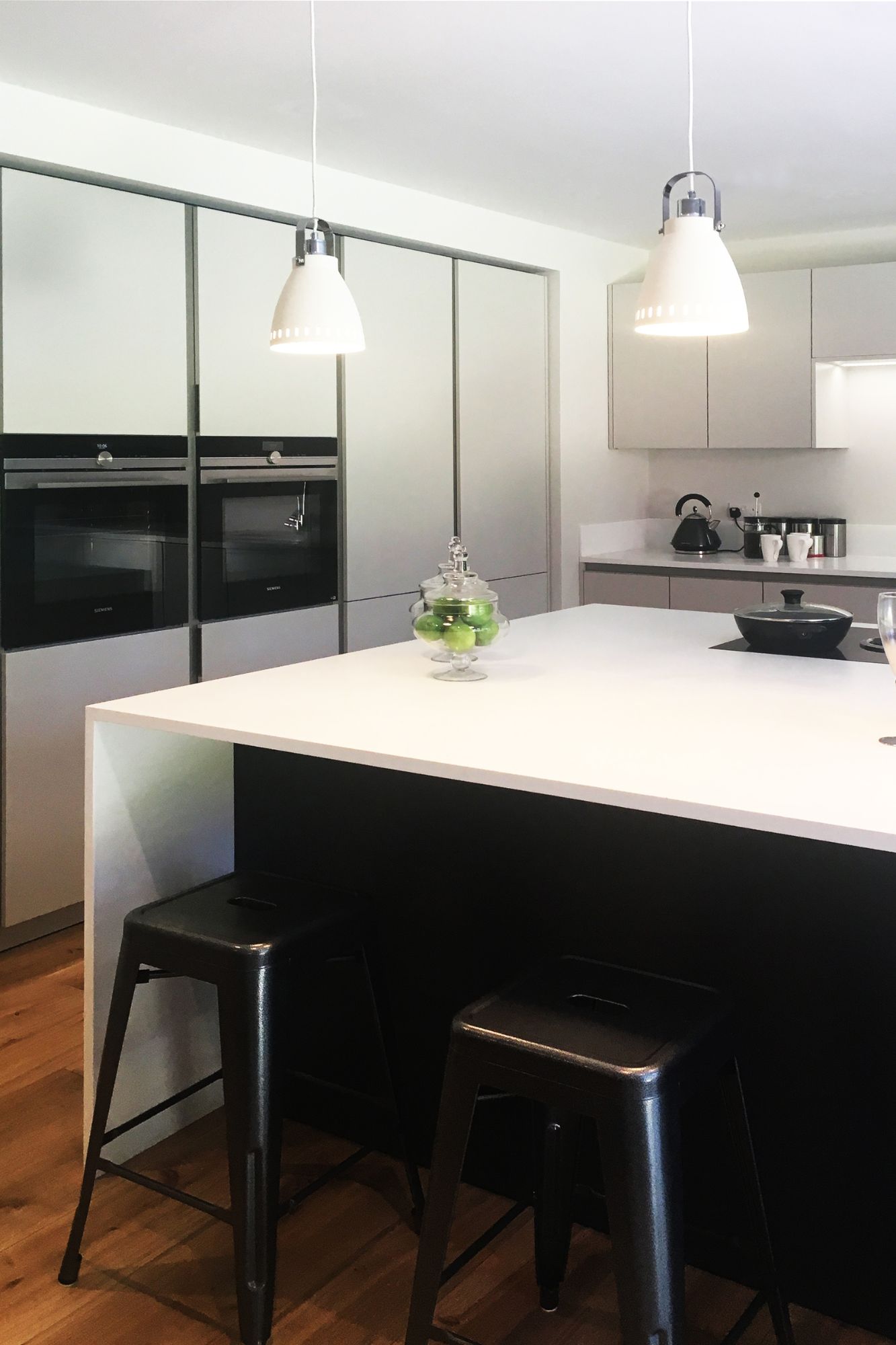
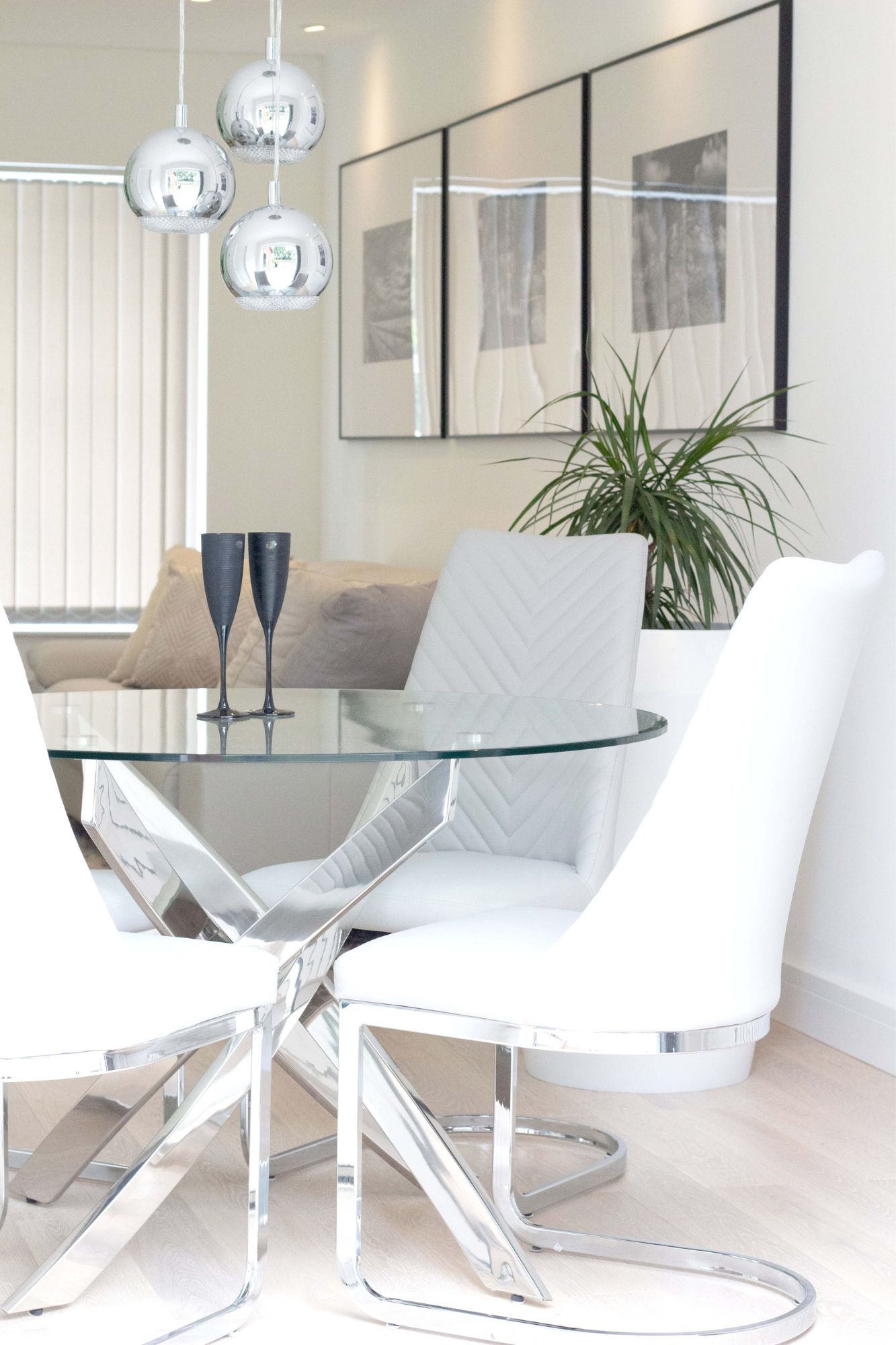
STEP 3 | Take Ownership
I always say that you don’t want to “win”. You want the resolution to work for you and your client and, in the best scenario, move forward and finish the project happily ever after. However, that isn’t always the only approach for dealing with interior design client issues. As soon as you own your part in the problem, the doors to a resolution start to open.
Sometimes you need to own the situation and look at it from the other person’s standpoint. What if you were in the client’s position? What would you think about the service you provided? Have you been unreasonable? Did you forget to mention something? Have you done your best to help the client make an informed decision? Make a point of writing these things down, as it will help you to look at the problem objectively.
STEP 4 | Get The Facts
Getting the facts of the situation is key to dealing with interior design client issues professionally. Make sure to find physical evidence to support your argument. Refer to specific emails or copy and paste relevant sections. Don’t ever guess.
During my final year of architecture studies, a site analysis I undertook found that our memories distort information and can be grossly inaccurate. So, take the time to get the facts – it will strengthen your argument. This will also help you to see things objectively, create a formal argument and stay professional when dealing with interior design client issues.

STEP 5 | Set An Intention For The Result
At this point, it is crucial to set an intention for the outcome. I say to do this now because before you do your brain dump or write down all the facts, you’re heated, upset and emotional. That is not the right mind frame to be in to make good decisions (you’re human, after all).
Once you have taken the above steps, however, you’ll have more clarity around the situation and find that although you still might be upset, dealing with interior design client problems becomes solvable! I mean that before you do the brain dump, you might feel you can’t continue working with this client anymore, but after you get all the anger off your chest and get the facts, you might be ready to come to an agreement that works for everyone.
An intention for the outcome might look something like this: “I’d like my client to love their project and pay me what I’m owed.”
STEP 6 | Write It Out
I’m not naturally eloquent, so I like to write out what I mean to get clarity around what I want to say when dealing with interior design client problems. Remember to stay factual and professional. For example: “I hope you love your project as much as I do and hope we receive payment promptly.”
Even if you intend to deal with the situation face to face or over the phone, I find that writing out what it is that you want to say helps to clarify your ideas and also allows you to ask someone else to help proofread what it is that you want to say, helping you to stay objective, professional but also get the solution you’re after (not necessarily to “get your point across”!)
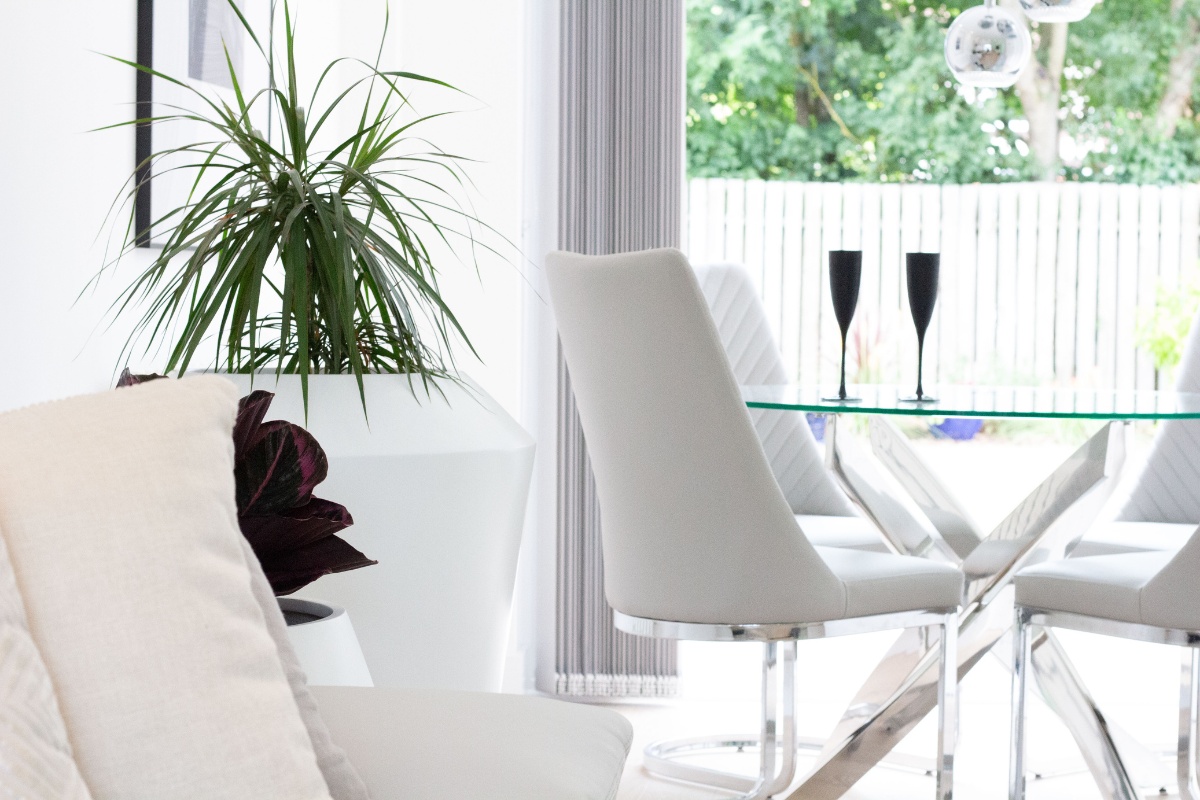
STEP 7 | Mention The Outcome You Want
This is key to dealing with interior design client problems and something that no one ever does! By mentioning what you want the outcome of the situation to be, you’re not only planting the solution in your client’s head; you’re helping guide your client to see that there is a solution that works for them, too and that you do have their best interests in mind.
If you’ve ever seen two children fighting over a toy, you can see that there is no solution to the problem in their minds. There’s one toy, and that’s it. By providing them with a solution, other options start to appear. From there is “no way out”. Suddenly, there is a way out, but you have to give in to something. Your client is unlikely to negotiate if you’re being arrogant or condescending. Still, if you’ve remained professional and are genuinely seen to be working through the problem, your client will return the respect and want to work it out with you.
When there is tension in a situation, it’s easy to forget that you’re both human and want the best outcome; this is where the magic happens.
STEP 8 | Make The Project Better
If you’re able to overcome a problem on a project and stay professional when dealing with your interior design client problems, you will make the client relationship stronger. That means they will likely recommend you to others, hire you for more projects and respect you moving forward. I have been able to turn situations that looked completely dire (where I was at fault) and make that client my biggest raving fan! If there was ever a time to go the extra mile to make a client happy, it’s now.
Remember that designing homes or having construction work done is stressful at the best of times. Things go wrong. You can handle it; that’s what your job entails as an interior designer. Find the silver lining or hidden gem in the situation and use it to improve the project.
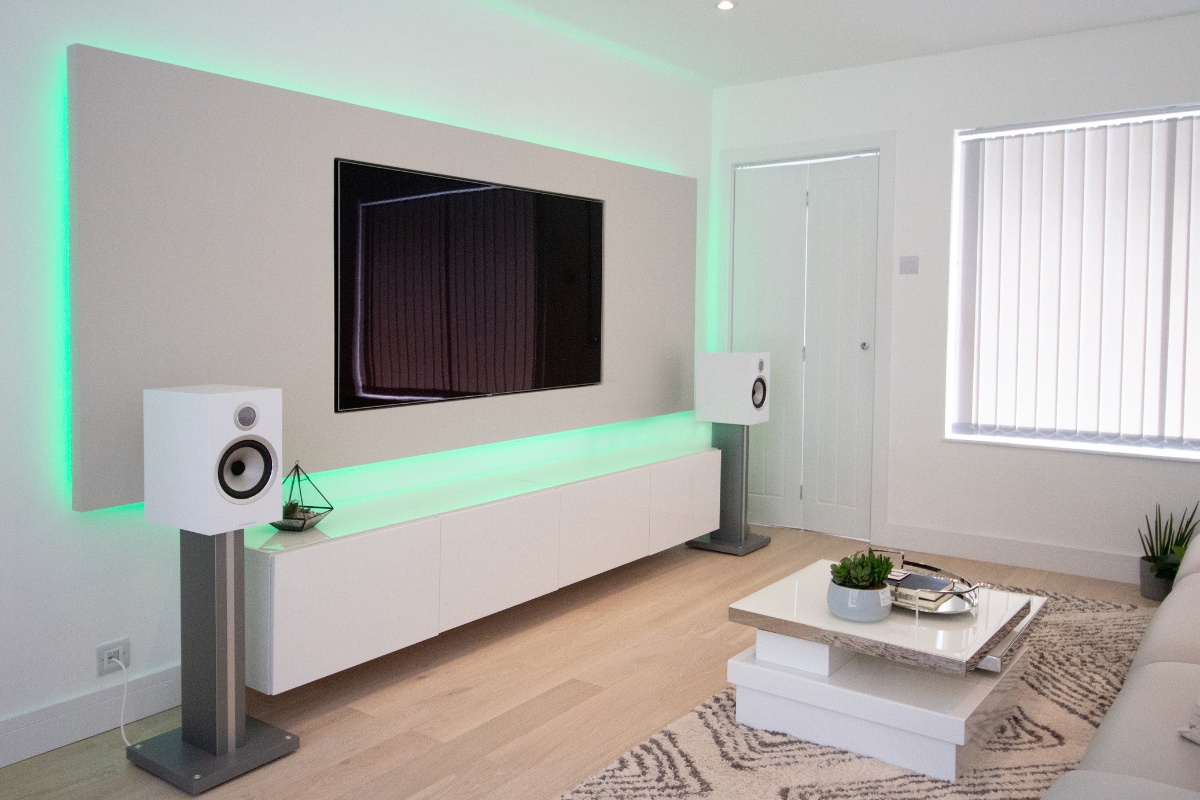
STEP 9 | Sleep On It
Before taking any formal action, I suggest sleeping on it and re-reading what you’ve written before you call your client or email them. Ask yourself whether you will get the result you’re aiming for with your email/notes. If not – what else do you think you can do?
After that, I suggest making your final edits and ensuring that moving forward; you’re conscious about good communication to avoid dealing with interior design client problems.
STEP 10 | Get It In Writing
Whatever the outcome of your email, meeting or conversation, it’s essential to follow it up with an email or a formal letter that outlines the main points agreed upon and the solution for moving forward.
Remember that you’re a professional and that your communication with your client can be used in court and for insurance claims, so it’s best to finish the event with a formal resolution that outlines the main points agreed upon (even if that is to part and go your separate ways). This also allows your client to confirm that they agree with the outcome. Formally we call these types of notes minutes of meetings. If you would like to know more about them, please check this post called How To Hold Interior Design Meetings | Step By Step.

Conclusion | Problem Solving
You’ve taken all the steps and tried to find a solution that works for everyone involved, but what happens if things won’t go according to plan or you can’t resolve the situation? Of course, you can do your best, but sometimes you’ve left it too late, and the damage has been done, or you want to cut ties and move forward with as minor damage as possible.
In that case, you can use my professional business email template designed to help you with interior design client problems. You can also turn this template into bullet points to use as a script to use over the phone. Click here to download the template!
About Jo Chrobak
Jo Chrobak is an architectural and interior designer and mentor at the Interior Designer’s Business School that trains interior designers to set up professional and successful interior design businesses and gain experience working on real projects. She is trained in architecture, interiors, business and life coaching and runs her architectural and interior design studio just outside of London in the UK.
If you’d like to feature your product news here, get in touch to find out more.
If you’d like to become SBID Accredited, click here for more information.
